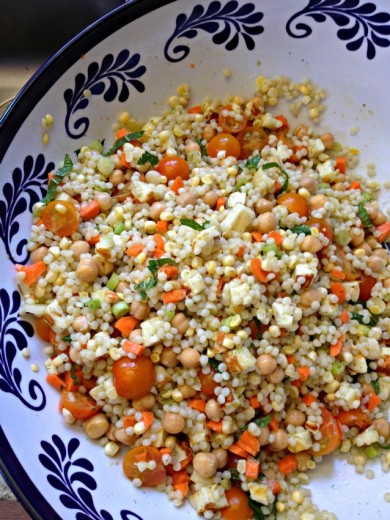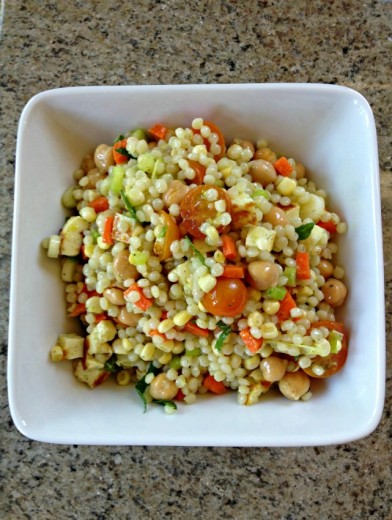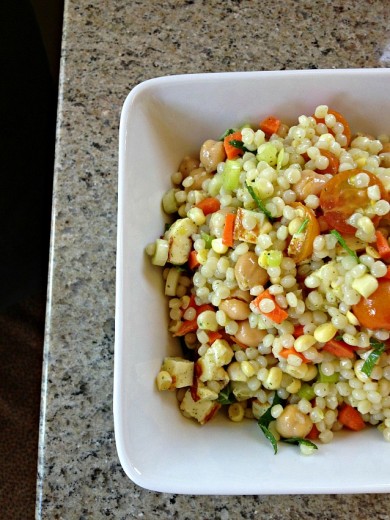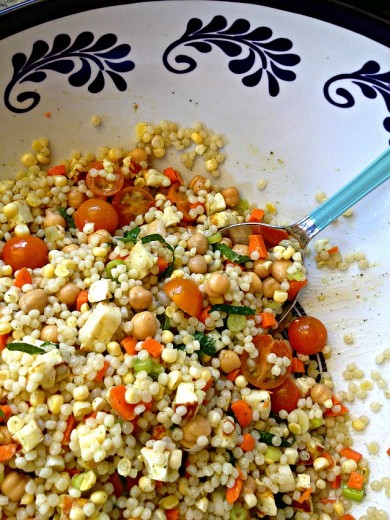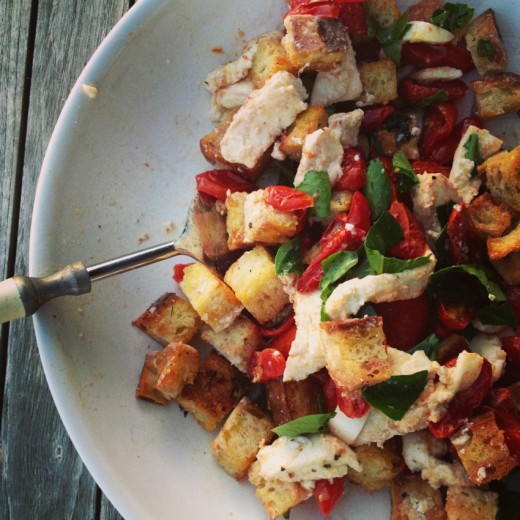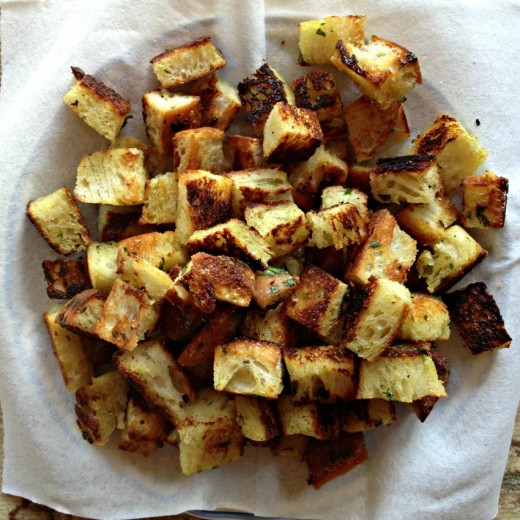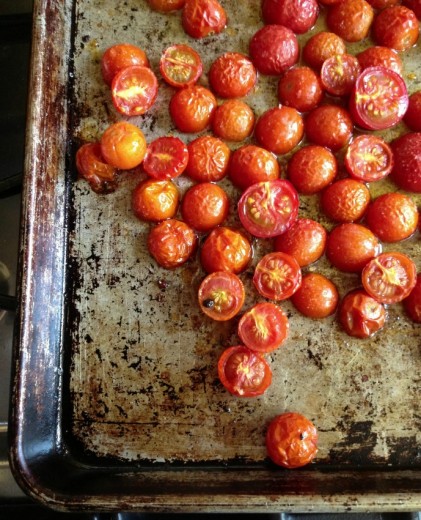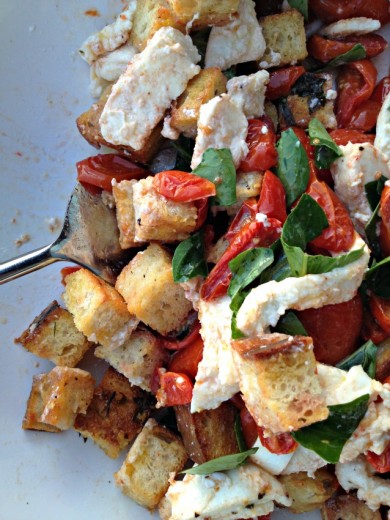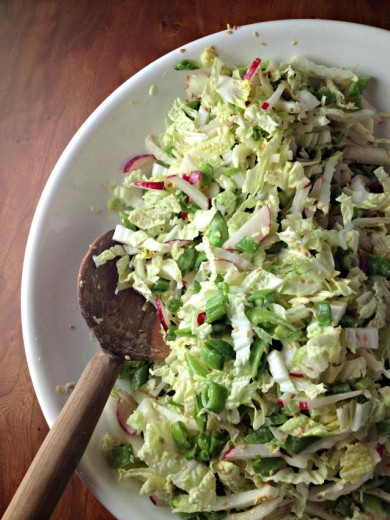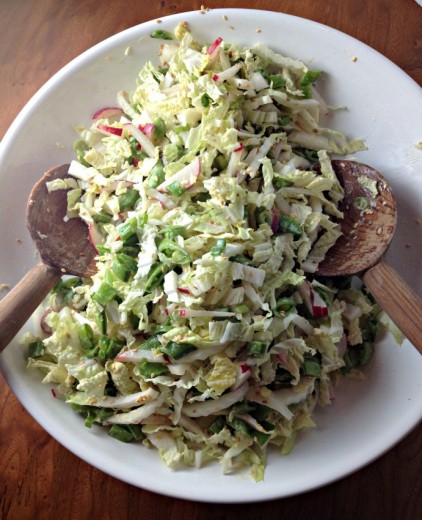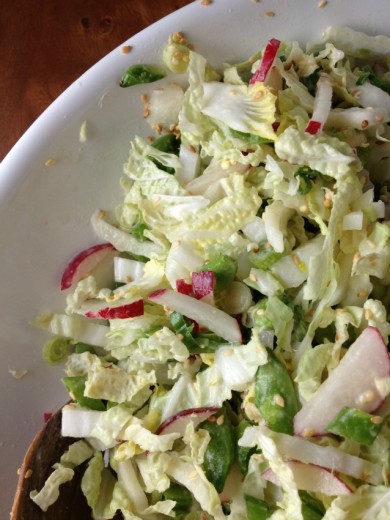I’ve heard a chef say that if he was reincarnated as a vegetable, he’d like to be a fava bean. Imagine being able to just rest in one of those silky pods.
I’ve heard a chef say that if you really really want to buy fresh peas, wait until they are at the ultimate peak of the season…and then buy frozen.
I myself agree with the first. Every time I work with fava beans I do envy their little green fleecy little sleeping bags a bit.
I myself disagree with the second. When English peas are at their peak, they take over for broccoli as my favorite vegetable. I have many memories of popping them straight out of the pod and into my mouth. I actually like them best raw but a very quick cook in boiling water is nice too.
Why am I talking about these spring vegetables when we are in the heat of summer? I don’t know about you, but spring blew by for me. I don’t think I was able to take full advantage of the green springy things because they arrived so much earlier than I am used to. I think July is when I expect to see these vegetables because that is when I saw them in the Northwest farmers’ markets. I’m seeing pictures of favas on Instagram and questions about how to use them on Facebook, so I’m assuming that my Northwest sensibilities are still right. If you live elsewhere, you can probably find these two vegetables in a well-stocked produce market. And if you really can’t find the peas, frozen will work fine.
If you know the term Cacio e Pepe, you probably know it from pasta. It is one of the glories of Italian cooking. Super simple using only the very best ingredients. Anthony Bourdain featured the dish in one of his No Reservations episodes. Here, instead of pasta, we get a dressing for a lovely salad and while I’m a tried and true vinaigrette girl, this dressing was a creamy savory delicious change from the usual.
One Year Ago: Bittersweet Brownie Drops
Two Years Ago: Penne with Cherry Tomatoes, Julie’s Salad
Three Years Ago: Grilled Summer Vegetable Soft Tacos, Holly B’s Fruit Scones,
Four Years Ago: Indian Spiced Chickpea Salad, Muhummara Dip, Zesty Tofu Wraps
Five Years Ago: Raspberry Cake with Marsala and Crème Fraîche (I make this every summer)
Spring Peas and Greens with Cacio e Pepe Dressing
Food & Wine
Serves 4
I use butter lettuce as my greens here but arugula would be nice too.
1 large egg yolk
3 tablespoons buttermilk
1 small garlic clove, finely grated
½ cup extra-virgin olive oil
3 tablespoons finely grated Parmigiano-Reggiano cheese plus more for garnish
¾ teaspoon coarsely cracked black peppercorns
Kosher salt
2 pounds fava beans, shelled (2 cups)
2 cups fresh or frozen peas, thawed
4 cups spring greens, such as pea tendrils or baby arugula (2 ounces)
1 Hass avocado, peeled and cut into thin wedge
In a food processor, pulse the egg yolk with the buttermilk and garlic. With the machine on, drizzle in the olive oil until incorporated. Add the 3 tablespoons of cheese and the peppercorns and puree until smooth. Season the dressing with salt.
Bring a large pot of salted water to a boil. Fill a bowl with ice water. Boil the favas until just tender, 3 to 4 minutes. Using a slotted spoon, transfer the beans to the ice bath. Add the peas to the pot and cook until tender, 5 to 7 minutes for fresh and 1 minute for frozen. Drain and transfer to the ice bath. Drain the favas and peas. Pinch the fava beans out of their skins.
In a bowl, toss the favas, peas and greens. Add some dressing, season with salt and toss. Arrange the avocado on plates and top with the salad. Garnish with grated cheese and serve.
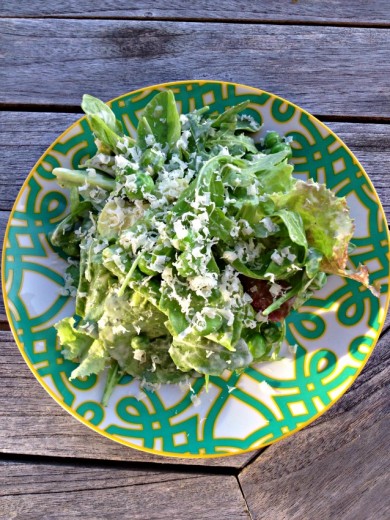
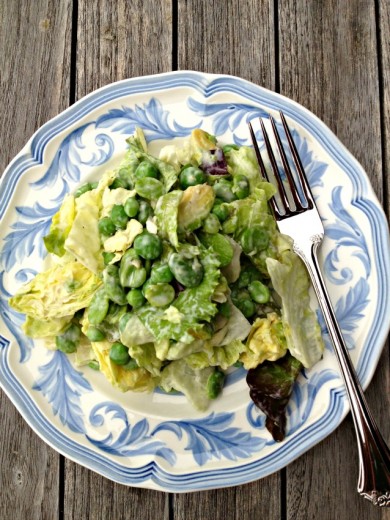
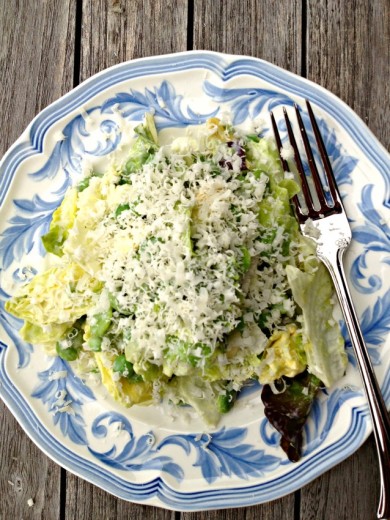

 Share
Share